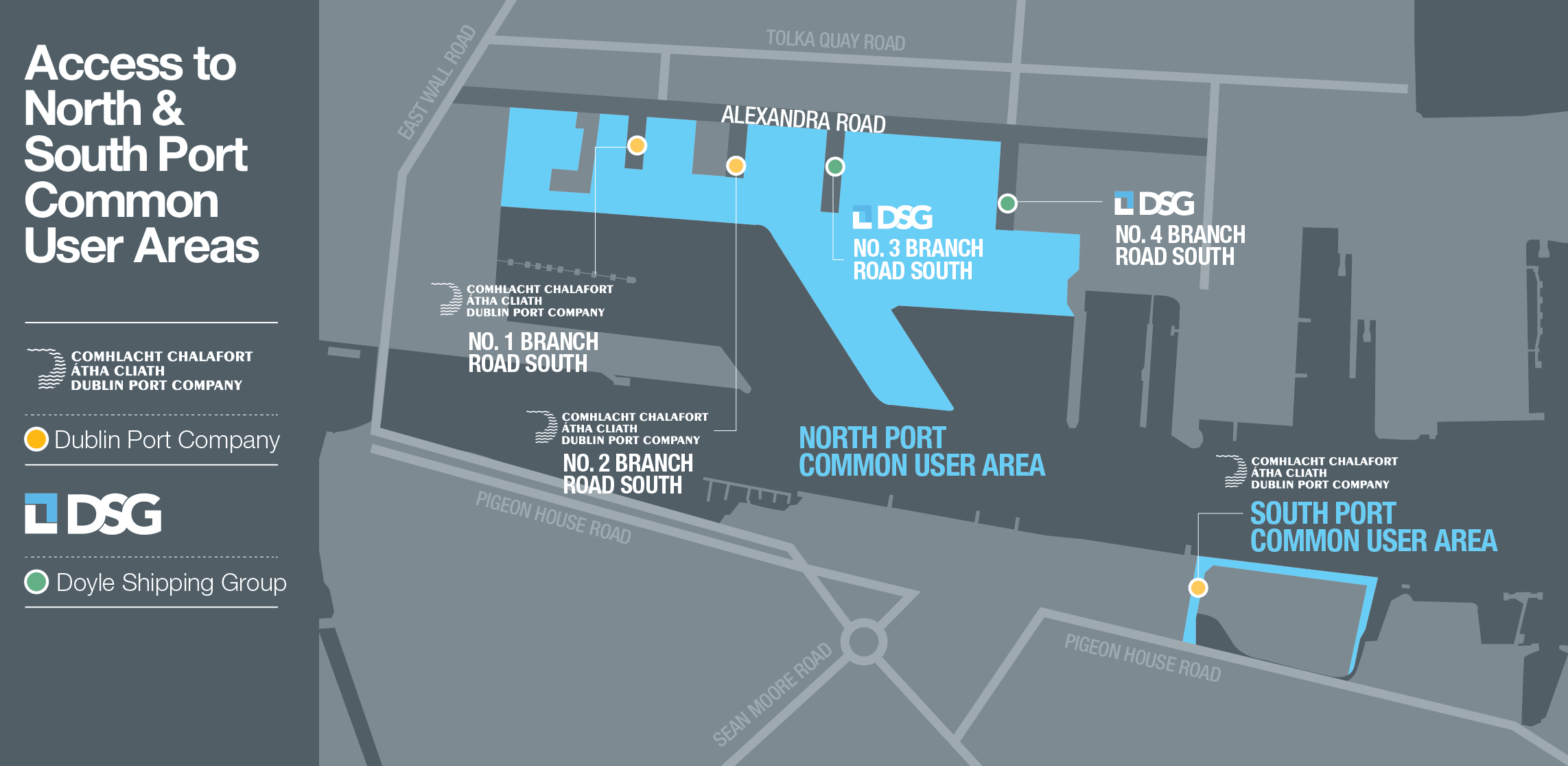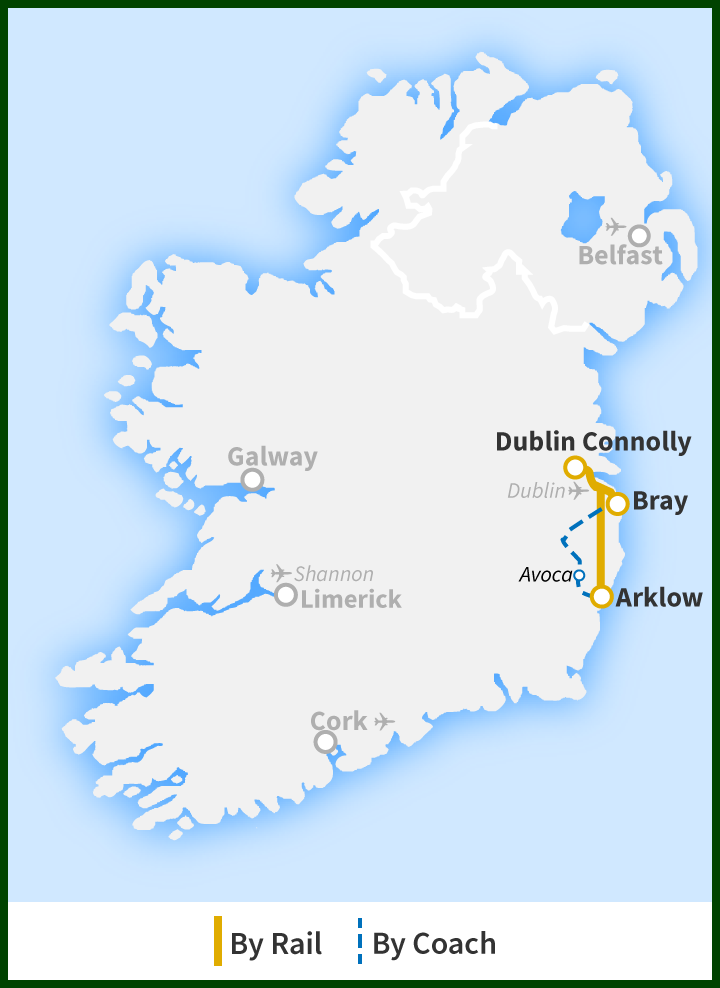
If you head along Dublin’s north coast you’ll hit Howth, a peninsula populated with wonderful seafood restaurants at varying price ranges and traditional Irish pubs. The Fitzwilliam Hotel, is in a desirable spot off Grafton Street, the city’s main shopping thoroughfare. The Morgan Hotel, is slap bang in the heart of Temple Bar – which is great for nightlife, but disastrous if you’re after an early night. The Four Seasons Hotel, has recently opened in the Ballsbridge part of the city, or try The Westin Hotel, if you are after US-style luxury. The Bono and The Edge-owned Clarence Hotel, is a luxury hotel overlooking The River Liffey.


Round off the night with a drink in the Clarence Hotel, owned by Bono and The Edge (see Where to Stay). SamSara, has more of an exotic, Oriental feel. By contrast, Cocoon, is a trendy lounge bar with a distinctive New York vibe with big sofas and plasma screens on the walls.

Dawson Street is a good place to explore at night: Ron Blacks, is ideal if you like your bars crowded and noisy. Cellar Bar, is set in the original 18th-century wine vaults under the Merrion Hotel. Standouts in a city with so many are: Davy Byrne’s, which was immortalised by James Joyce in Ulysses, and has beautiful murals depicting that age and is well known for its seafood and homemade beef. Try the Temple Bar in which literally every other doorway is a bar or a pub. The question should really be where not to drink Dublin has so many bars and pubs to choose from. If you prefer your restaurants more modern, try: The Mermaid Café, which was established by chef-restaurateur Ben Gorman and artist Mark Harrell The Odessa Lounge & Grill, with its California/Mediterranean menu or Leftbank, a trendy bar and restaurant with a great bar food menu. Like the city, you’ve got a choice of the traditional pubs and the ultra-modern restaurants, so if you prefer trad fayre try: Doheny and Nesbitt (5 Baggot St Lower), that looks as if it hasn’t changed for more than 100 years Stag’s Head (1 Dame Court), which is all mahogany stained glass and mirrors and Kehoe’s (9 South Anne Street), which is regarded as having the finest pint of Guinness in Dublin. At Dublin Writers Museum, you’ll find a collection of letters, books and personal items of some of the city’s aforementioned great literary names. The Guinness Storehouse, on St James’ Gate proves a fascinating history of the city’s favourite drink, whether or not you are partial to a drop of the ‘black stuff’. Temple Bar is Dublin’s cultural quarter – home to performing artists and the contemporary art scene during the day and mainly groups of stag and hen parties on Friday and Saturday nights. Just wandering around its cobbled squares, gardens and parks is extraordinary but if you have time look at the Book of Kells, a 9th-century illuminated manuscript. You really should see Trinity College, founded in 1592 by Queen Elizabeth and the oldest university in Ireland.

The best way to see the city within a short space of time is The Dublin Bus Tour, which has 20 designated stops, each located at the popular attractions. There are tours to take in all aspects of contemporary and historical Dublin, and as winter approaches the city transforms itself with ice-skating rinks and Christmas markets. The city is deeply in touch with its literary and historical roots and is packed with museums and galleries, but without trading solely on those, so it also one that is constantly evolving in its contemporary arts, music and culinary scenes.įor somewhere as small as Dublin it punches way above its weight in so many areas in particular literary: Joyce, Yeats, Shaw and Beckett and music: U2 and Van Morrison – all native sons to the city. Plus, Dublin has managed to retain a real villagey feel in its pubs and back streets, with cobbled alleys, Georgian squares and a history which dates back more than a thousand years. The people genuinely are very friendly, and the legendary Irish ‘craic’ still very much exists in the pubs and clubs. Today Dublin has regained some of the charm that it lost in those ‘Celtic Tiger’ days, when its super-heated economy turned the Irish capital into one of the most expensive cities to visit in Europe. Famed for its sense of fun and a drop of the black stuff, Dublin is alive with culture, history and first-class shopping St Patricks day drummers march across Dublin city centre You don’t need the luck of the Irish to book a break in Ireland’s capital city.


 0 kommentar(er)
0 kommentar(er)
